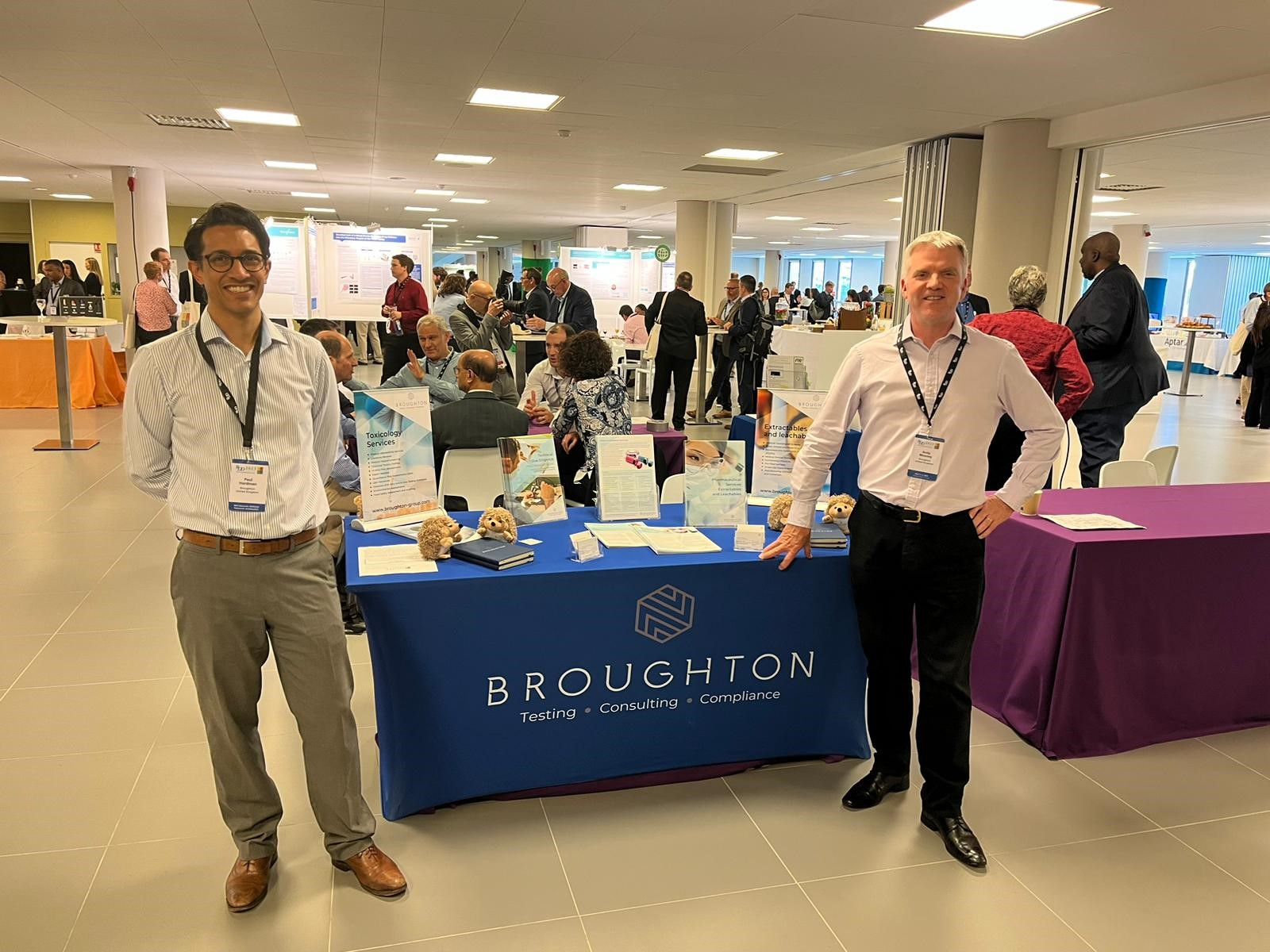This year’s RDD Europe conference was held between the 2nd and 5th of May in Antibes, France. I had the pleasure of attending with my colleague Andy Mooney.
As you might expect, the weather in the south of France was lovely, and the setting was a beautiful backdrop for the sessions, exhibitions, networking, and the gala dinner.
Dr. Martin Tobin, who is a Professor of epidemiology and public health at the University of Leicester, was the keynote speaker in a session titled “Multi-Ancestry Genome-Wide Association Analyses Implicate Genes and Pathways Influencing Pulmonary Diseases.”
Smoking is a long-established cause of Chronic Obstructive Pulmonary Disease (COPD). However, a person’s genetic risk factor contributes to the development of COPD in individuals. Understanding the genetic aspects not only allows for better disease prediction but also treatments based on more specific biological pathways of the disease.
The first session, Bench to Bedside, followed the keynote, with presentations from Jenny Lam (University College London) and Shyamal Das (University of Otago).
The afternoon of day one consisted of workshop sessions from various companies exhibiting at the event. The day ended with the networking drinks reception.
Day 2 commenced with a presentation from Julie Suman (Aptar Pharma) highlighting the largely untapped potential of the nasal route for the systemic delivery of vaccines. Following on from Julie was Orest Lastow (Iconovo) with dual nasal and pulmonary targeting. One does not necessarily need a bimodal distribution in aerodynamic particle size distribution to target more than one area. The lung can be targeted, and retention in the nasal cavity is gained “for free.”
Posters on the podium were next, with the authors of selected posters gaining the opportunity to highlight their research with presentations.
The final session was on sustainability. Much work is going into lower global warming potential (GWP) propellants for pMDIs, recycling programmes, and recyclability, demonstrating bioequivalence to previous products and designing new inhalers with sustainability at the forefront of the design process.
The days’ sessions ended with a panel discussing sustainability.
The final day commenced with Eunice Costa (Hovione) discussing the challenges of high-dose powder delivery. The wet polishing technique to minimize amorphous content can be considered for small molecules. For large molecules, co-spray drying with leucine and trehalose was presented. Trehalose reduced the formulation’s aerodynamic performance but stabilized the protein’s performance. Optimization of the delivery device, in parallel to formulation development, was also considered, with Hovione’s Twincaps device requiring modification to be larger with more turbulence to disperse the high-dose powders.
Next up was Olivia Merkel (Ludwig-Maximilians-University, Munich), presenting on spray-dried siRNA lipid nanoparticles for dry powder pulmonary delivery. RNA is very promising, but current RNA-based nanocarriers administered intravenously tend to accumulate in the liver. Pulmonary delivery may avoid this, leading to more effective medications.
The morning session ended with Parmesh Gajjar (University of Manchester) and Darragh Murnane (University of Hertfordshire) forming a team to assess dry powder formulation microstructure using x-ray microscopy.
The conference’s final session was “Advanced Inhalation: Data-Driven Design.” Kyree Thalberg (Lund University) and Satu Lähelmä (Orion Corporation) presented their findings on mixing energy as a tool to adjust aerodynamic behavior.
Will Ganley (Nanopharm) presented alternative bioequivalence approaches, followed by Bryan Newman (U.S. Food and Drug Administration), who discussed the FDA’s current understanding of design considerations for alternative bioequivalence approaches for generic orally inhaled products.
Overall, a highly engaging conference. The pressing issue of sustainability continues to be discussed (as it was at the DDL conference and RDD in the U.S. in 2022). Although the industry has faced this challenge in the past (when CFCs were phased out), this time, the industry may have a much shorter timeframe.
Along with keeping highly effective and well-established drugs on the market, the other highlight for me was seeing the potential of inhaled delivery for systemic delivery, e.g., vaccines. The orally inhaled route is a highly effective means of delivering systemically acting molecules with many benefits over other administration methods. It will be interesting to see new inhaled medicines for systemic delivery emerging over the coming years.
Click here to learn more about our inhalation testing services.



